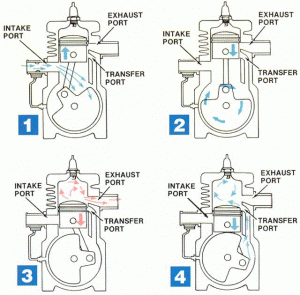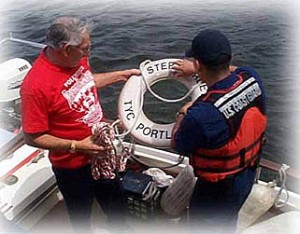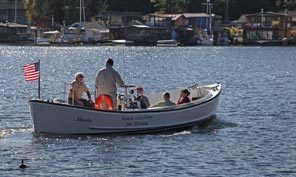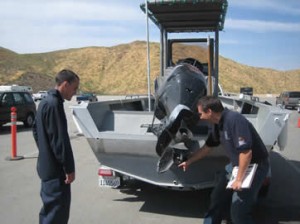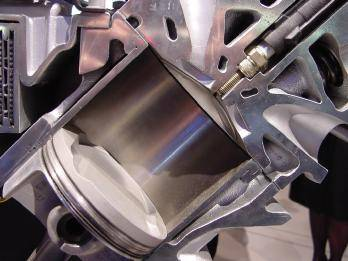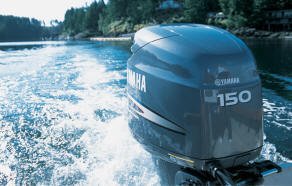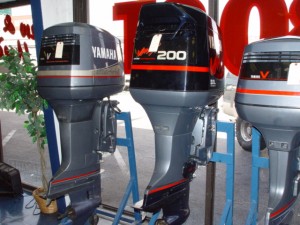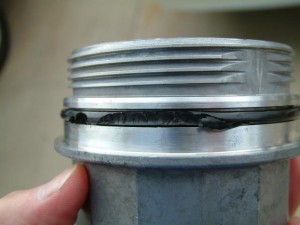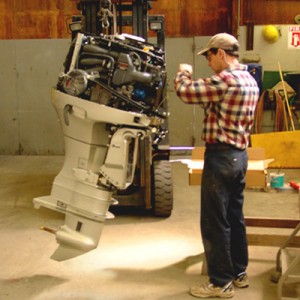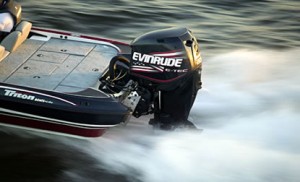Two and Four Stroke Oil Formulas
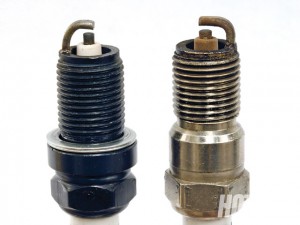 Yesterday we tackled the reasons why 2 cycle and 4 cycle oils are not interchangeable. Today I will explain how the formulas differ. For starters, 4 cycle oil is specifically manufactured with additives, like viscosity index improvers, to inhibit oil consumption. In other words, the formula makes oil harder to burn.
Yesterday we tackled the reasons why 2 cycle and 4 cycle oils are not interchangeable. Today I will explain how the formulas differ. For starters, 4 cycle oil is specifically manufactured with additives, like viscosity index improvers, to inhibit oil consumption. In other words, the formula makes oil harder to burn.
On the other hand, 2 stroke oil is specifically formulated to burn away, leaving minimal residue on spark plugs, cylinders, and exhaust ports. Another aspect of the formula is to inhibit pre-ignition. The formula also protects against rink sticking and crankcase sludge.


